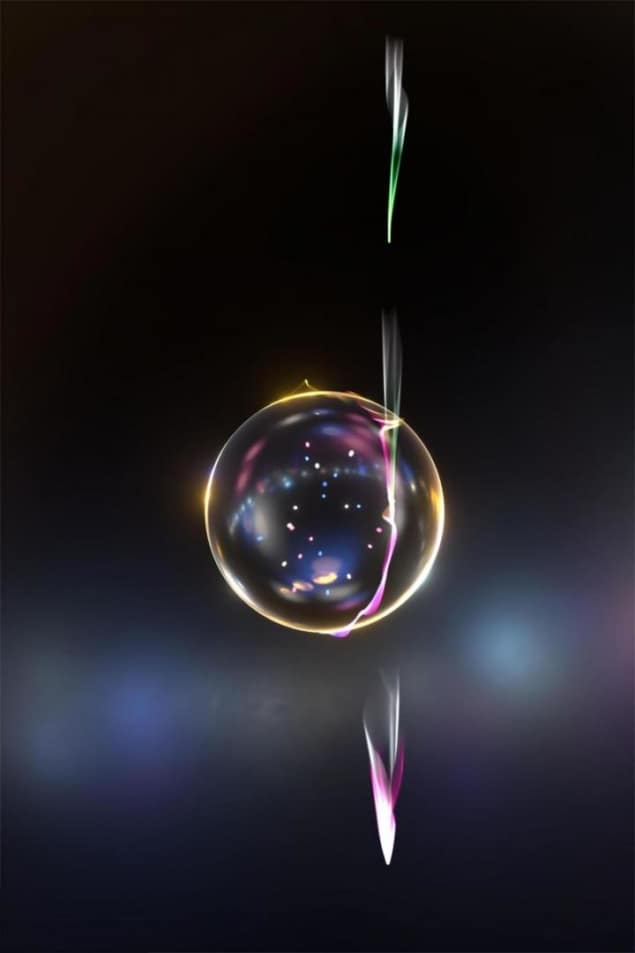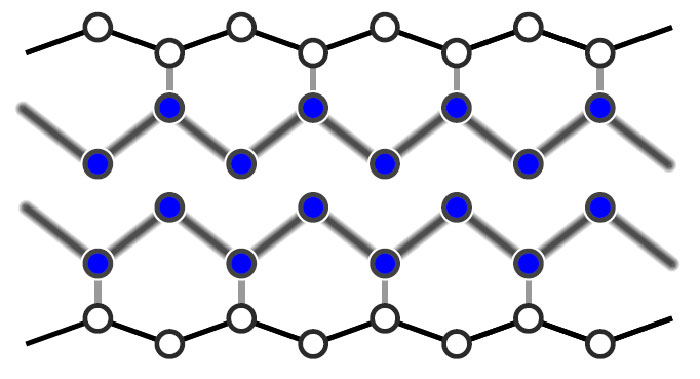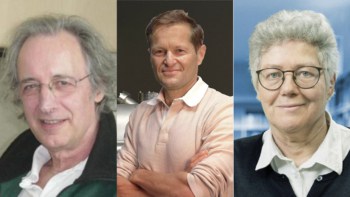
Visitors to Saint Paul’s in London are often astonished by the cathedral’s whispering gallery, where words spoken in a whisper along the curving wall of the dome can be heard anywhere along that same wall – including the opposite side of the circular walkway, some 33 metres away. This “whispering gallery effect” is possible because sound runs so easily and smoothly around the dome’s circumference, and variations of it occur wherever waves can travel nearly perfectly around a structure.
Researchers at the University of Göttingen in Germany have now exploited the whispering gallery effect to control the beam of an electron microscope using light. As well as being of fundamental importance, they say that the work might lead to novel technologies for nanoscale sensing and microscopy.
Light wave confined to surface of a sphere
In their work, researchers led by Ofer Kfir and Claus Ropers illuminated small glass spheres with laser light that was trapped in an optical whispering-gallery mode, meaning that it was confined to the surface of the sphere by total internal reflection. Analogous to the acoustic example, the light wave travels around the sphere’s perimeter almost without damping.
The researchers then passed a beam of electrons in a transmission electron microscope near the edge of a sphere. When they measured the distribution of electron velocities using the microscope, they discovered that the electrons had exchanged large amounts of energy with the electric field of the laser light – roughly 10 times more energy, in fact, than any such exchange previously measured in an electron microscope.
The strength of the electron-light interaction comes from two contributions, Kfir explains. First, the whispering-gallery optical modes make it possible to store light and so build up a stronger wave. Second, the velocity of the light wave on the glass sphere matches that of the electron, running at 70% of the speed of light. This matching changes the quantum state of the electron (see image).
The coupling that occurs between an electron and the light’s electric field can be thought of as the acceleration (or deceleration) of the electron by the light field, he tells Physics World. “In the same way a surfer matches the speed of an ocean wave to best use its energy, an electron ‘riding’ the light wave is therefore either purely accelerated or purely decelerated over a substantial distance,” he says. “Indeed, in our study, we observed that individual electrons had picked up or given away the energy of hundreds of photons.”

Laser pulse changes atomic wire from insulator to metal
Further enhancing electron-phonon coupling
As well as being of fundamental interest, the researchers say their findings could bring a greater functionality to electron microscopy – an indispensable characterization tool for research in many scientific disciplines as well as in industry. In Kfir’s view, using light to control the electrons’ quantum state in transmission electron microscopes would open up a range of novel imaging and spectroscopy techniques, making it possible to inspect the optical properties of materials with resolutions down to the atomic scale.
The researchers, who report their work in Nature, are now exploring ways of further enhancing the coupling of electrons and photons. “We can use light to steer a beam of electrons in space and time,” says Ropers. “An increase in the coupling strength would allow a single photon to affect an electron, and so allow us to measure optical excitations on the level of individual nanoscopic quantum systems. Doing so with ultrafast temporal resolution would be simply amazing, and may eventually lead to entirely new quantum technologies for nanoscale sensing and microscopy.”



